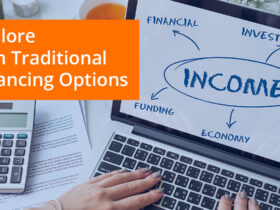When employees start to question their role or feel uncertain about their value within an organization, it can gradually undermine progress and stifle innovation. Ongoing issues—such as unclear responsibilities, inadequate pay, excessive workloads, and prolonged stress—can steadily sap motivation and reduce team morale. If not addressed, these problems often lead to disengagement, diminished productivity, and limited upward mobility.
To shift this trajectory, organizations must be intentional about fostering a culture rooted in trust, inclusion, and consistent support. In today’s dynamic work environment, promoting employee well-being isn’t a bonus—it’s essential to long-term business health. When individuals feel truly supported and recognized, they are more engaged, productive, and loyal.
Organizations that succeed in this area understand that meaningful wellness programs are more than temporary perks. They invest in key areas such as mental health, financial stability, team relationships, and cultural fit. This all-encompassing approach helps build a more connected, empowered, and adaptable workforce.
One of the most impactful ways to implement this vision is by partnering with HR companies that specialize in customized workforce strategies. These professionals work alongside company leaders to develop wellness initiatives, manage benefits efficiently, and ensure that HR policies reflect both employee expectations and business objectives. Their role is vital in building strong, high-performing teams with a shared sense of purpose.
Integrating wellness into your organization’s values can yield measurable gains. Providing employees with access to counseling, opportunities for growth, and flexible work arrangements gives them the confidence and freedom to thrive. These efforts often lead to improved collaboration, greater creativity, and enhanced resilience across departments.
The growing body of research makes it clear: thoughtful wellness strategies drive better business outcomes. From lower turnover and higher job satisfaction to greater focus and engagement, companies that prioritize employee health and happiness see a return in loyalty and performance.
Building a workplace that puts people first requires more than good intentions—it takes sustained action. Initiatives like Employee Assistance Programs, wellness activities, and flexible scheduling all help enrich the day-to-day employee experience. At the same time, rethinking compensation models, expanding benefits, and supporting remote or hybrid options can help your organization stay competitive in a rapidly changing talent market.
Check out the infographic below for practical insights that can help you cultivate a stronger, more future-ready workforce.










Leave a Reply